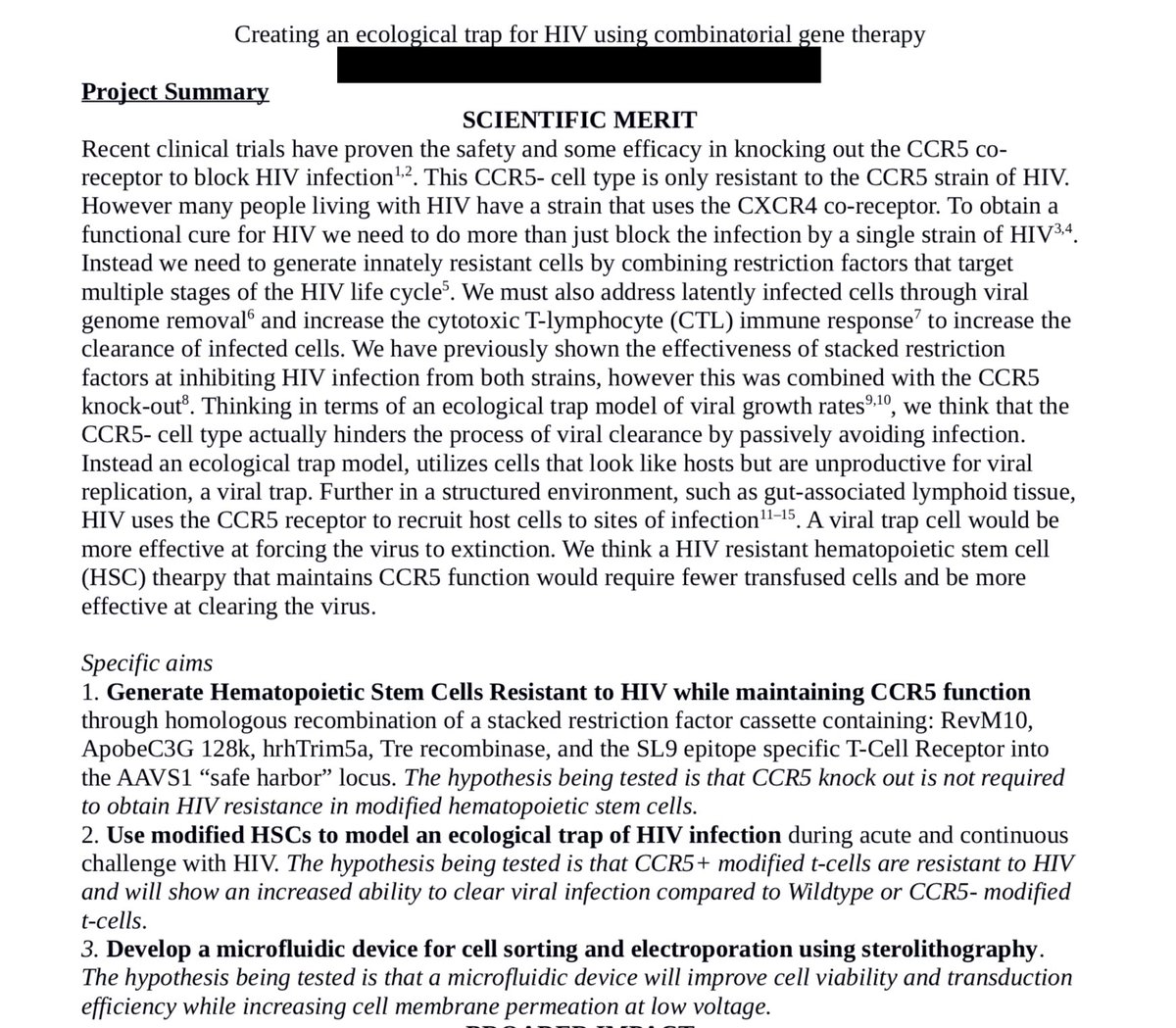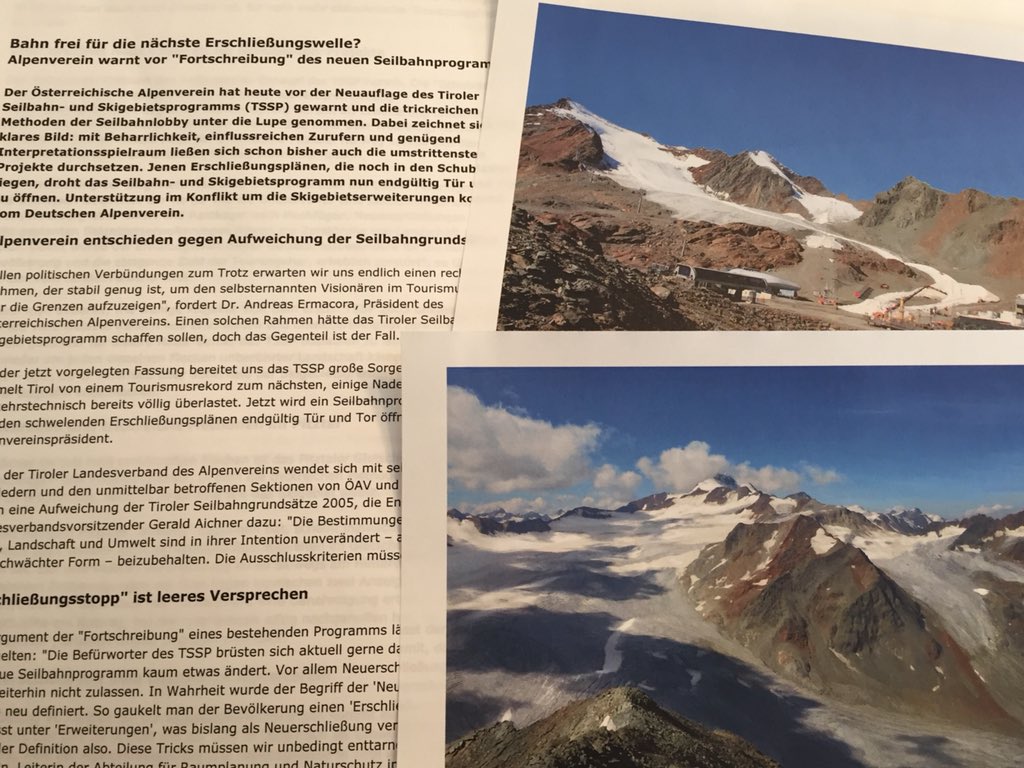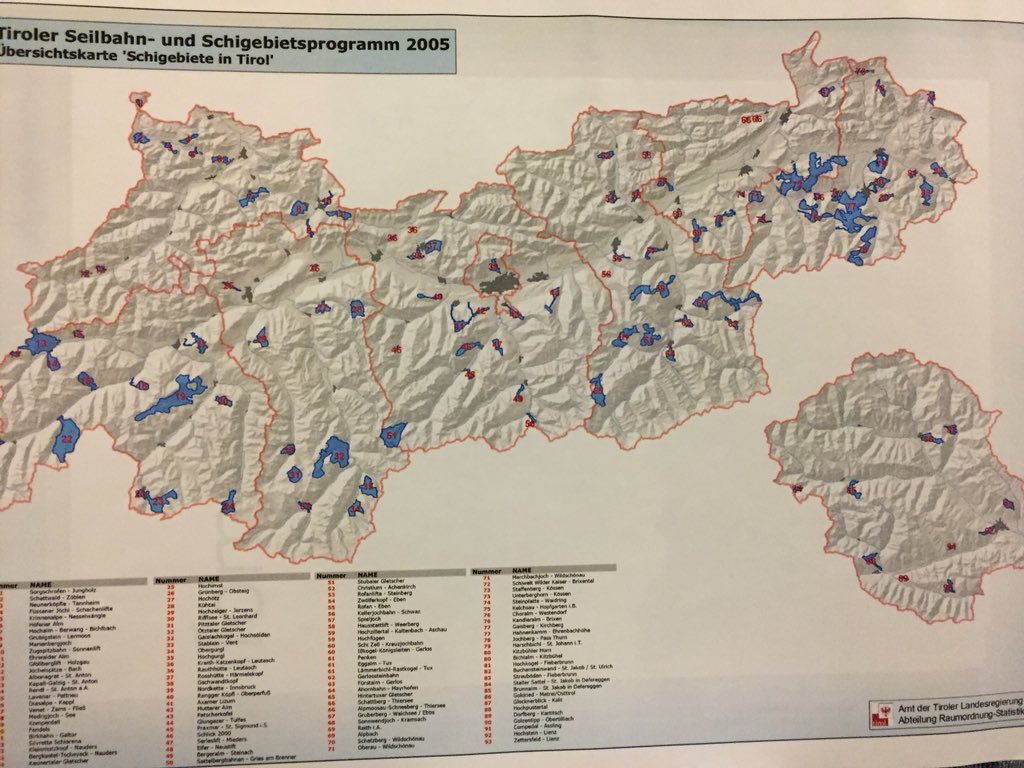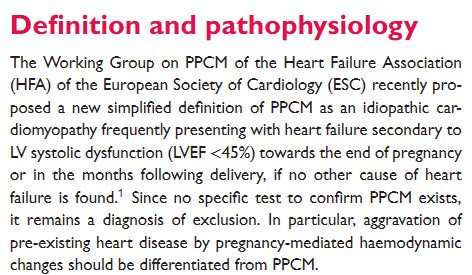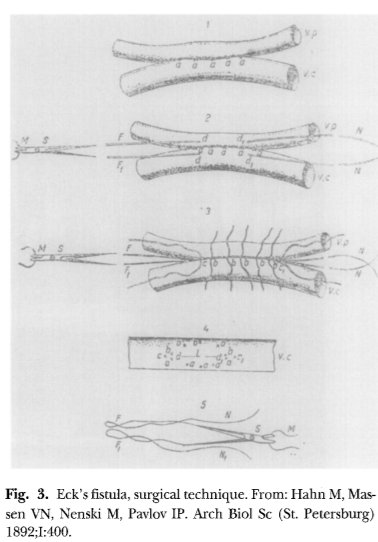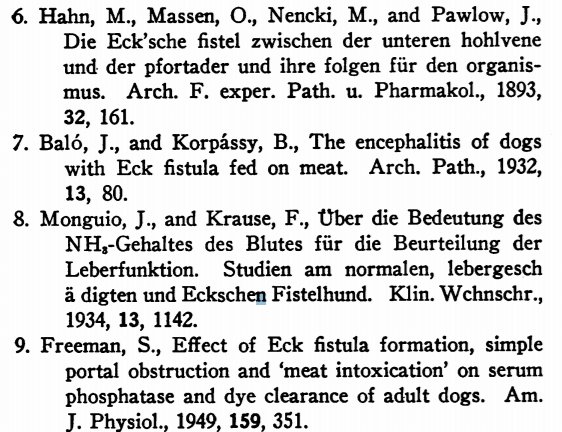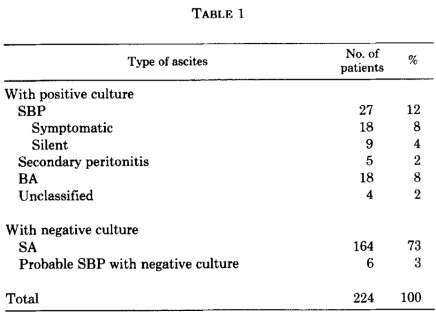sciencedirect.com/science/articl…
Other treatment was up to the attending clinician
cochranelibrary.com/cdsr/doi/10.10…
academic.oup.com/icvts/article/…
ncbi.nlm.nih.gov/pubmed/27470681
1. this is a small, single centre, proof of concept study & such studies should never be used to drive treatment decisions
2. it is impossible to reliably assess the risks and benefits of this treatment based on a sample size of 47 patients

